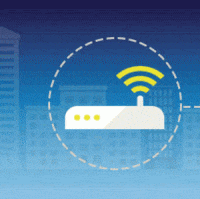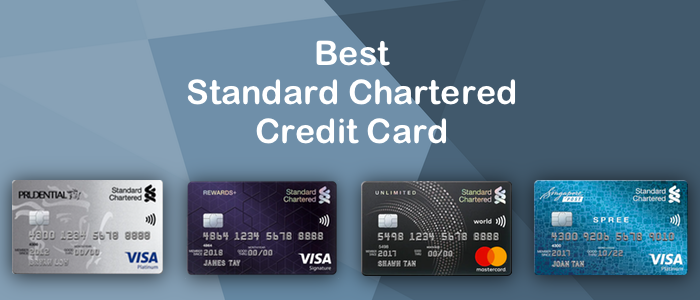
Tips On Choosing A Better Broadband Plan
When it comes to choosing a broadband plan, most of us simply go to our favourite service providers and ask for the available price plans they offer. Except if you are a gamer or streams movies online regularly, you might not mind so much about the nitty-gritty details and the technical terms used to describe your broadband service. So if you are looking for a new broadband subscription and need some help comparing the best broadband deals available in Singapore then here’s a list of considerations to help you look like a pro the next time you enquire about a broadband plan with your service providers:
Broadband Speed
There are two main factors we look out for when choosing a broadband plan – speed and price. Since 2014, most service providers have upped the game to provide ultra-fast fibre broadband speeds and 1Gbps fibre broadband has become the norm. However, most of us may not know that the speed that we subscribe to is a theoretical maximum and that your broadband does not hit that speed most of the time.
Download speed is the most commonly used metric to measure broadband performance. The Inforcomm Development Authority (IDA) publishes quarterly data of the download and upload speed of the various ISP’s broadband using 200Mbps as a standard. Accordingly, it looks like M1 and Singnet are the ones with a better average peak download speed for local downloads. When it comes to downloads from the US though, Singnet stands out as the better provider.
Check For Bundles For Savings
Most of us who have been contracted with an ISP tend to stick to them unless there’s some dissatisfaction with their services. That’s also a reason why some of us are stuck with more expensive plans which gives us slower speed than the newer plans. The best way to get around this is to check if your contract is ready for renewal and look up bundle plans that ISP’s provide. In order to increase attractiveness of their broadband packages, many ISPs throw in freebies to entice new and retain old customers. Here are some highlights:
- Singtel – 1 Gbps fibre broadband + home digital lines + 10% off mobile subscription costs $50. Top up $20 to get a Fibre Home bundle which comes with Singtel-TV Select where you can choose 6 channels plus 4G mobile broadband and a suite of home services.
- Starhub – Starhub offers a number of 1 Gbps plans that starts at $49.90. There’s one that comes with a free $200 shopping voucher, those with dual broadband or bundles with discounted prices for the latest mobile phones.
- M1 – M1’s Gamepro 1Gbps comes at $49 per month and provides youperks like a a free Dect phone, 1GB mobile data and $100 off any handset.
- MyRepublic – MyRepublic has a number of bundles for their 1 Gbps broadband plans, such as one with no contract, dual fibre broadband plans or the Ultimate razer Bundle.
- Viewqwest – Viewqwest currently has a attractive Sitex promotion with a discounted 1Gbps bundle going at $42 per month, one of the cheapest in the market. It comes with a Viewqwest 4K Media player, Free 3 months VPN and optional Onevoice residential line at $3.95 per month.
How Do You Use Your Broadband?
There are a number of broadband plans in the market dedicated for gamers as these require low latency. These include M1’s Gamepro and MyRepublic’s Razer bundle. Such plans focus on low latency using custom routing or by giving priority to gaming traffic. Looking at LTA’s latency reports, average latency for Singapore’s ISP saw Starhub performing better than the rest, while M1 seem to perform better for international average latency.
Those who use P2P networks should look out for traffic shaping policies – a network management technique used by ISPs to ensure that their networks operate in an efficient manner. This is done to ensure that P2P users do not use up the majority of the bandwidth at the expense of other non-P2P users. If this is a concern, note that Starhub, Singtel and M1 are known to implement traffic shaping but not for MyRepublic and Viewqwest.
Most people use the internet for more downloads than uploads but if you are one of the few who requires more uploads onto the cloud, you might want to look at the upload speed as well. Most ISPs have moved to symmetric bandwidth for most of their home fibre broadband plans. However, there are others who specifically cap their upload speeds at 500Mbps. Looking at the IDA data, it seems like upload speed is much better with M1 for local peak upload and Singtel performs better for international peak uplod throughput.
Hidden Costs
Do you hate it when you’ve signed up for the plan and realised there’s a host of hidden costs and charges that you’d need to pay for? These can add up substantially to a few hundred dollars, so make it a point to ask the customer service officer serving you about these extra costs.
Some of the common ones include:
- Registration charges
- Installation charges
- Relocation charges and transfer of service
- Early termination of service
- Delivery Fee
We hope this guide will help you to better choose your next broadband plan according to your needs. Please note that the data from IDA is provided as a reference. As the data is published on a quarterly basis, it means that these data can change and it works more as a way to keep the ISPs on their toes rather than as a decisive factor in your choice of broadband plans.





